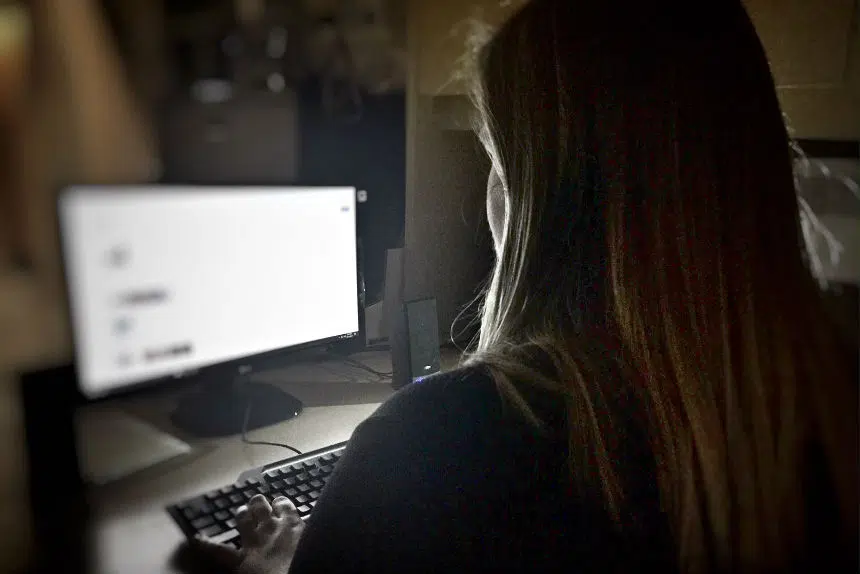Nineteen months into the COVID-19 pandemic, it seems online meetings have become a run-of-the-mill part of daily life.
But while contacting colleagues and peers over Zoom, Skype, WebEx and Google Teams is no longer foreign, there still seems to be some debate over the etiquette involved in these calls.
Differences in opinion range from dress code to acceptable backgrounds and whether or not video should always be on, with audio off.
Chelsey Gareau, a Saskatoon marriage and family therapist who owns Sticks and Stones Counselling Services, said online meetings are a world between the starkly professional and the comforts of home.
“I think people are having a lot of fun with it,” Gareau said.
On the topic of what to wear, Gareau said presenting a professional front on calls where that’s the expectation is always a good idea. But that doesn’t mean someone can’t be comfy off camera.
“I think a lot of people are kind of business up top, bedtime down below,” Gareau said with a laugh.
As for the importance of having your video on during a meeting, Gareau said there are situations where both having a camera on or off could be appropriate.
She said a lot of people have been turning off their screens. That’s partly because of social anxiety, and she says in situations where someone is learning or being trained, this can be all right, as long as it is cleared with the person leading the training.
The same can be applied to university students in a class. Often professors will specify whether students need to have their video on, for participation marks or other reasons. If the professor does not specify this, the best course of action can be to check in with their expectations for attending their class.
“People with their video on, it can be very intimidating,” she said.
“If you do have some sort of anxiety and that is uncomfortable, I think it’s OK — so long as you get permission — to turn your screen off, but you still need to show you’re engaged.”
It’s not attempting to be engaged that can come off as disrespectful. Sometimes a conversation with a professor can help establish other ways for students to show they’re listening, like sharing comments in the video’s live chat feature or offering reactions.
It’s a bit of a different story for one-on-one or group meetings, though.
“But just turning the screen off when someone is speaking to you is, in a lot of ways, coming across as disrespectful,” Gareau said. “It’s kind of like somebody speaking to you and you looking the other way.”
Having a neutral background and a calm area to engage in your online meetings is obviously ideal, but Gareau said part of the problem with online meetings — often done to accommodate people working from home — can be the chaos of working in the same space where people are parenting and living their day-to-day lives.
“Some people are going (online) and they’ve got kids running in the background and people screaming in the background and I know that is a distraction,” she said.
“Being able to turn your volume off but keep your video on and if you can blur out a background, great, that can be very helpful.”
Putting yourself in a more neutral background helps present a more professional front and minimize distractions for yourself and others on the call. Ultimately, however, it depends on where you’re located and what you have access to at the time.
“I think the goal for online etiquette is to be present and to be involved and participate,” Gareau said.
The option to blur out a background, too, is entirely acceptable, and muting yourself when you’re not speaking to limit background noise on the call is considered generally polite.
Most predominantly, when it comes to various aspects of call etiquette for online meetings, Gareau said it is ideal to establish rules and boundaries beforehand with the person leading the call.







